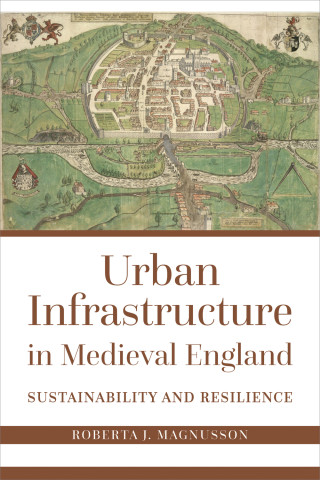
Reviews
This well-illustrated book raises the intriguing possibility that municipal markets worked more like the neoclassical ideal than the unregulated markets ideologues hail.
An important and useful introduction to an understudied fixture in the history of urban economic life, governance and landscape.
Tangires uses a wealth of sources in this fascinating study of a topic only recently getting the attention it deserves... Highly recommended.
Tangire's work represents a major contribution to the understanding of social life in American cities.
The intriguing tale Tangires tells concerns, chiefly, the eclipse of the public market in the interest of the evolution of both private shops and megastores.
For the first time we have in this book a historical overview of the public market place in America.
Fills a gap in the literature of early urban retailing.
Public Markets and Civil Cultures undoubtedly stands as the definitive study of the American public market.
Public Markets and Civic Culture brings to light the importance of markets in nineteenth-century urban life.
By giving the public market its due as a space that defined the civic interests of urban America, Tangires steps onto provocative historical and methodological terrain. The book demonstrates that even in its most embattled circumstances, the public market embodied in microcosm an ideal of good government that showed—and continues to show—remarkable resilience and adaptability in the name of the commonweal.
Book Details
Preface
Introduction
Part I. Building The Common Ground
Chapter 1. Market Laws in the Early Republic
Chapter 2. The Market House
Chapter 3. Marketplace Culture
Part II. Cracks in the Market Walls
Chapter 4
Preface
Introduction
Part I. Building The Common Ground
Chapter 1. Market Laws in the Early Republic
Chapter 2. The Market House
Chapter 3. Marketplace Culture
Part II. Cracks in the Market Walls
Chapter 4. The Legalizing of Private Meat Shops in Antebellum New York
Chapter 5. Market House Company Mania in Philadelphia
Chapter 6. The Landscape of DeregulationPart III Regaining a Share of the Marketplace
Chapter 7. Consumer Protection and the New Moral Economy
Chapter 8. Rebirth of the Municipal Market Notes
Selected Bibliography
Index






